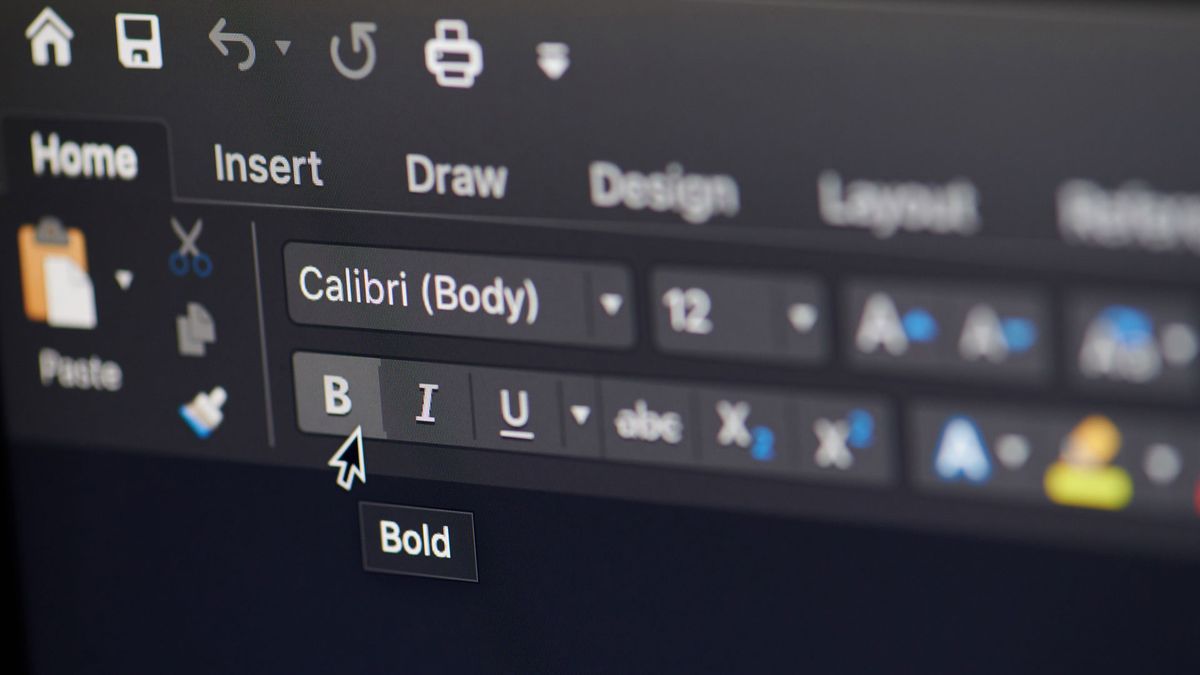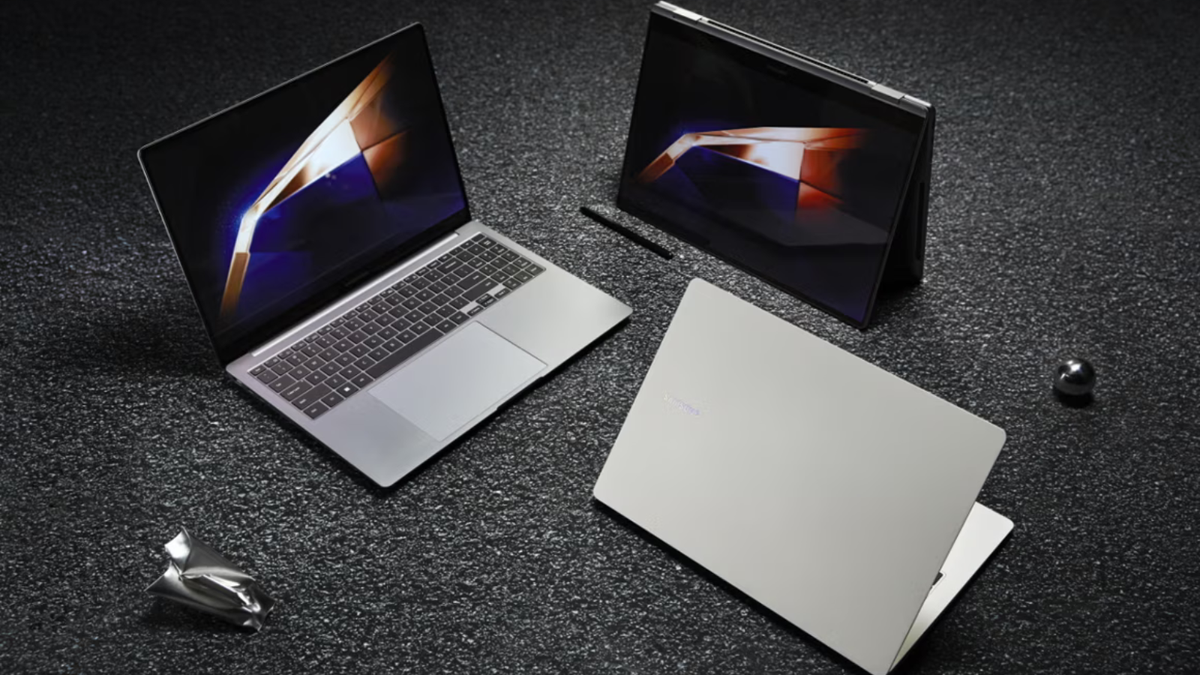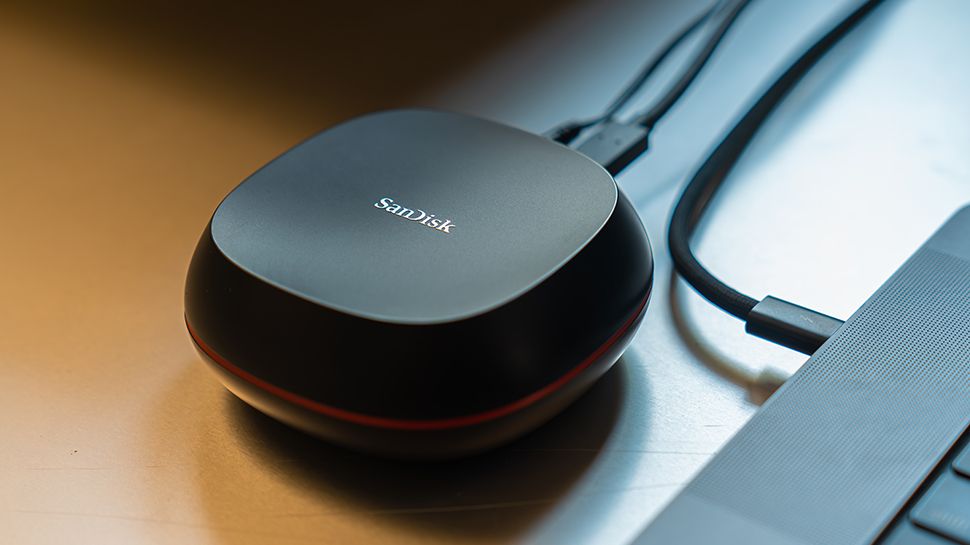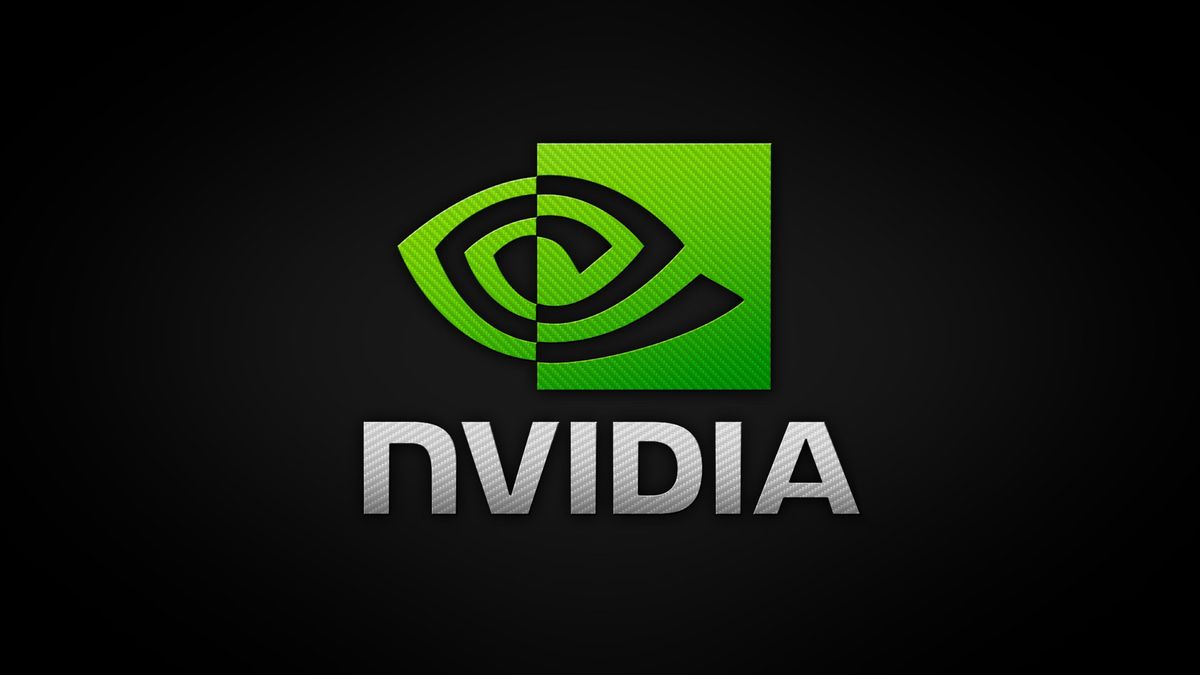Change is hard, and for font nerds, it can be downright painful. They really feel the difference between Arial and Helvetica, and know that Comic Sans is a disgrace and Papyrus could be pure evil.
I'm not necessarily one of those people, but I don't appreciate the changes, especially in the fonts.
Last year, Microsoft announced that it would be changing its default Microsoft Word font from Calibri to a new sans-serif font known as Aptos. Calibri had a career of almost 20 years. It succeeded Times New Roman, a serif font that has served as the default font since the word processing application's inception (the dictionary defines a serif as “a slight projection that caps the stroke of a letter in certain typefaces”) .
When Word was released in 1983, I'd say some were still writing on typewriters (most likely IBM Selectrics with those balls) that probably still used the classic serif font.
Modernity, however, required the shaving of those serifs for a cleaner appearance; at least I assume this was Microsoft's thinking when they switched to Calibri. I never liked the font; It was boring and not even as interesting as Helvetica, or my favorite, Helvetica Narrow (if you're interested, the font you're looking at now is Open Sans).
I got used to it, but only because, as the default font, it was the one I automatically saw and typed into every time I used Microsoft Word. Some say that “familiarity breeds contempt,” but in reality it only breeds familiarity. By the way, you can easily customize Word's default font. On the Format tab, select Font. Choose the font and font size you want, then select Default and click OK. If your Word is still stuck in Calbri (or, God forbid, Abadi MT), you can quickly switch to the font and style that interests you.
Still, when I read that Microsoft was changing the default font I was a little worried. What if Word went back to the serif style or chose something more ornate? What if, God forbid, Microsoft chose a font that looked like Comic Sans?
Aptos, however, is none of those things. He manages to be clean and clear, but with just a little flair.
Instead of a thin, straight, vertical line for a lowercase 'L', the Aptos l takes a slight curve just before the stem reaches the baseline. Letters like 'z' are a little wider. The ear of the 'g' (that small stroke projecting from the top of the letter) starts out thin and gets a little thicker while also gently arching upwards. The 'S' curves more in on itself and the lowercase 'o' is a little more open.
Simply put, Aptos is a beautiful font that instantly improves the default typing experience in Microsoft Word. However, as expected, not everyone is delighted with this “upstart” font.
See you later, Calibri. I can't say “we barely knew you” after 17 years, but I don't agree with this new #Aptos upstart.cc @LanceUlanoff @glennf @artchung @kevinjdelaney @frerejones pic.twitter.com/5ZW49e71uCMarch 11, 2024
If I have one criticism of the new font it's that its more open approach means that each letter, word and sentence takes up a little more space. Aptos offers 12 variations including Light, Bold, Sem-Bold and Black, but there is no narrow option. I wouldn't mind seeing someone develop that.
I know; It's just a source. But the fact is that fonts are important for readability and even setting a mood. Comic Sans is silly, informal, and comic strip-worthy, while Times New Roman is formal, official, and good for a legal document or invoice. Papyrus is useless and should be avoided at all costs. Aptos fits perfectly as a source for all people and all situations. It brings me a little joy and I don't miss Calibri one bit.
you might also like









